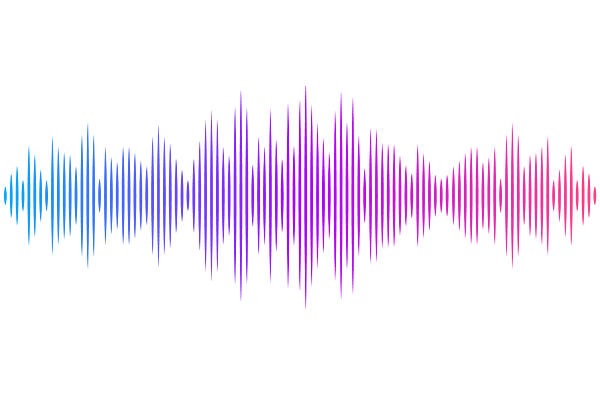Brain signal complexity and aperiodicity predict human corticospinal excitability

Brain signal complexity and aperiodicity predict human corticospinal excitability
Frohlich, J.; Ruch, S.; Trunk, B. H.; Keute, M.; Mediano, P. A. M.; Gharabaghi, A.
AbstractTranscranial magnetic stimulation (TMS) is a frequently used intervention for brain modulation with highly promising scientific and therapeutic applications. Two shortcomings of TMS applications, however, are the high within-subject and between-subjects variability in response to stimulation, which undermine the robustness and reproducibility of results. A possible solution is to optimize individual responses to TMS by exploiting rapidly fluctuating state variables such as the phase and power of neural oscillations. However, there is widespread uncertainty concerning the appropriate frequency and/or phase to target. Here, we evaluate two different approaches which do not require a choice of frequency or phase but instead utilize properties of the broadband EEG signal to predict corticospinal excitability (CSE). Our results suggest that both the spectral exponent (i.e., the steepness of the EEG 1/f background or aperiodic component) and the entropy or \"complexity\" of the EEG signal are both useful predictors of CSE above and beyond band-limited features, and may be deployed in brain state-dependent TMS applications.